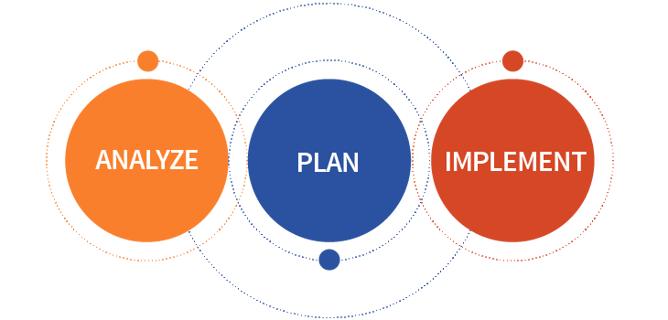There are an average of 12 billion-dollar weather disasters per year in the United States. On top of that, the National Weather Service issues between 45,000 and 50,000 severe weather warnings across the country each year.
And if that's not enough, 40 years of weather data collected by the National Centers for Environmental Information shows an increase in the frequency and cost of weather disasters. Flooding, hurricanes, heatwaves, and drought are some of the biggest challenges facing state and local government agencies.
Is your community prepared to face this year's severe weather challenges?
This Weather Management Solutions for State & Local Government Buying Guide will help you plan out your weather safety plan, determine which weather monitoring and alerting tools you need to support your plan, and help you evaluate those tools.
Key takeaways:
- Learn about the 3 stages of developing an effective weather safety policy
- Get an overview of monitoring and alerting technology available to help you prepare for for severe weather events like lightning, heat, and severe thunderstorms
- Find out the suggested solutions for different government functions
Find out how to effectively protect your community, your employees, and the general public from severe weather threats using the right weather technology.



